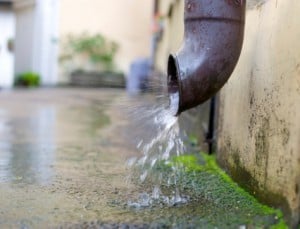Six signs that it’s time to replace your storm drain filter
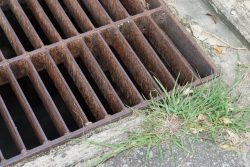
Storm drain filters defend against pollutants to ensure only clean water flows into water systems
Storm drain filters are the easy solution for keeping waste out of the water system. However, like any filtration system, they only work their best for so long before you need to replace them.
Regularly changing your storm drain filters is not only essential for preserving water quality but also aligns with the Environmental Protection Agency’s EPA storm water pollution prevention guidelines. Because without effective filtration, contaminants can enter storm drains and eventually reach rivers, lakes, and oceans.
Take a look at these six telltale signs that it’s time to replace your storm drain filter.
1. Sediment buildup
If there is a quarter-inch or more of sediment buildup, your filter insert most likely needs to be replaced.
2. Debris around the storm drain
Accumulation of large debris, such as trash, might just mean that the drain filter needs to be cleaned. But always keep an eye out for any other signs that it needs replacing.
3. Standing water
When four inches (or more) of standing water persists around the drain for 24 hours or longer after rainfall, it’s a sure sign that your storm drain filter requires maintenance. Or replacing.
4. Hazardous material discharge
If any hazardous material that the filter is designed to absorb—like motor oil—is being discharged by the filter, it’s ready for a replacement.
5. Visible scum
It’s time to replace the filter if there is a visible line of scum building up around it. This is usually a sign of recurring standing water.
6. Three years
Regardless of the apparent condition or state of the filter, if three years have passed without it being replaced, it’s time for a new one!
Shop storm drain filters and more at AbsorbentsOnline
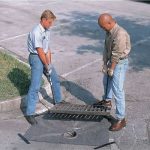 We have three different storm drain guard filter models available, so you will be sure to find one that suits your specific facility needs. Check them out on our website.
We have three different storm drain guard filter models available, so you will be sure to find one that suits your specific facility needs. Check them out on our website.
Always familiarize yourself with your Storm Drain Filter Inspection and Maintenance Guide. You can also learn more tips and best practices for storm water management in our previous posts:
- Save the Environment with Smart Stormwater Runoff Practices
- Keep Runoff Away With Stormwater Management Gear
- What to Include in Your Facility’s Storm Water Pollution Prevention Plan (SWPPP)
This is a revision to a blog post with an original publication date of August 9, 2016.
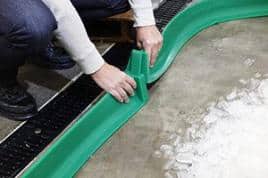
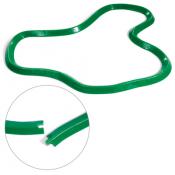
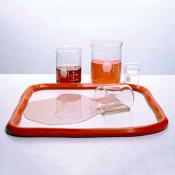
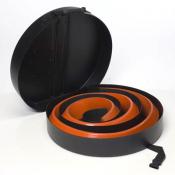
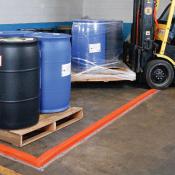

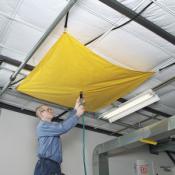

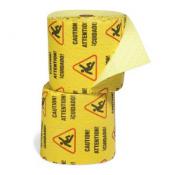
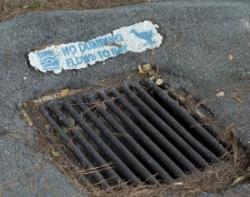
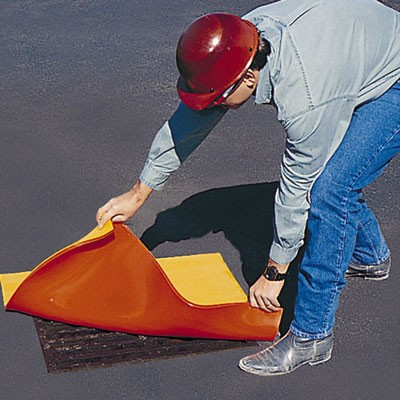
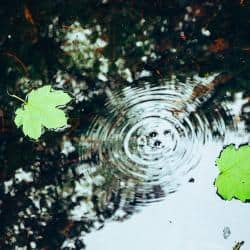
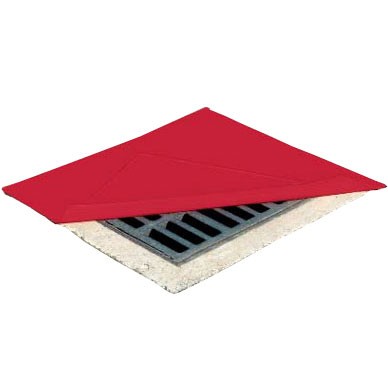
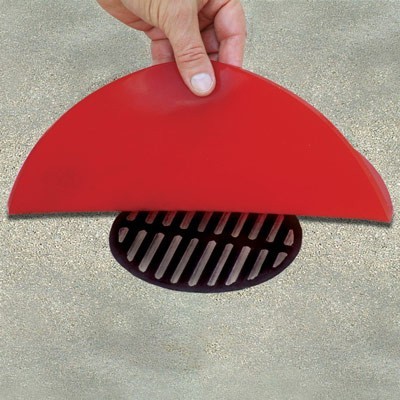
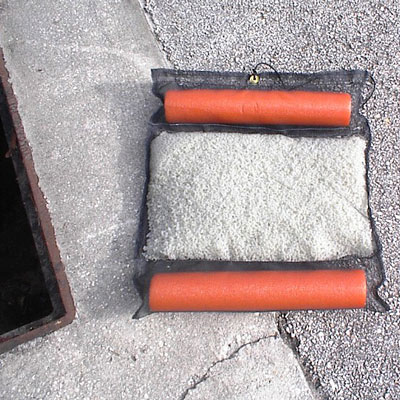
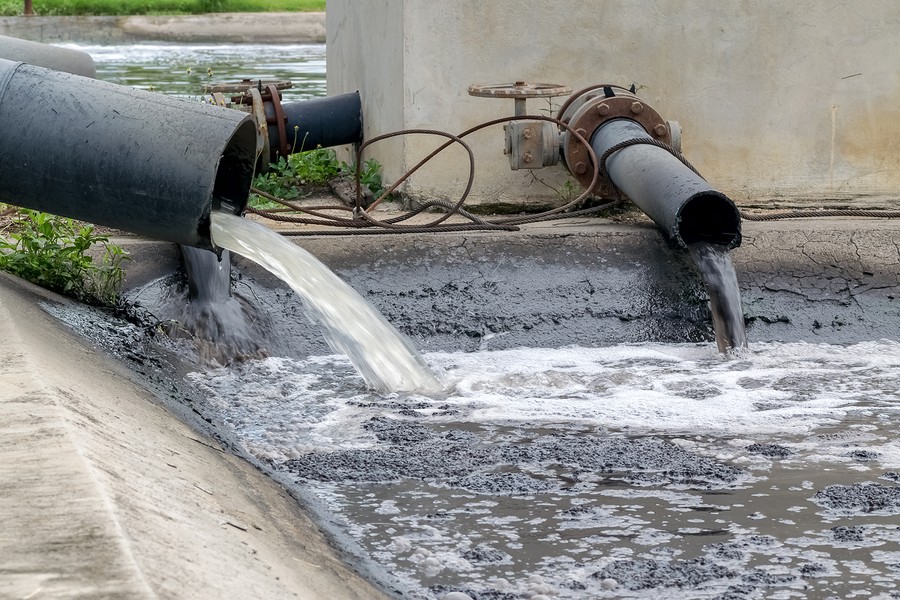
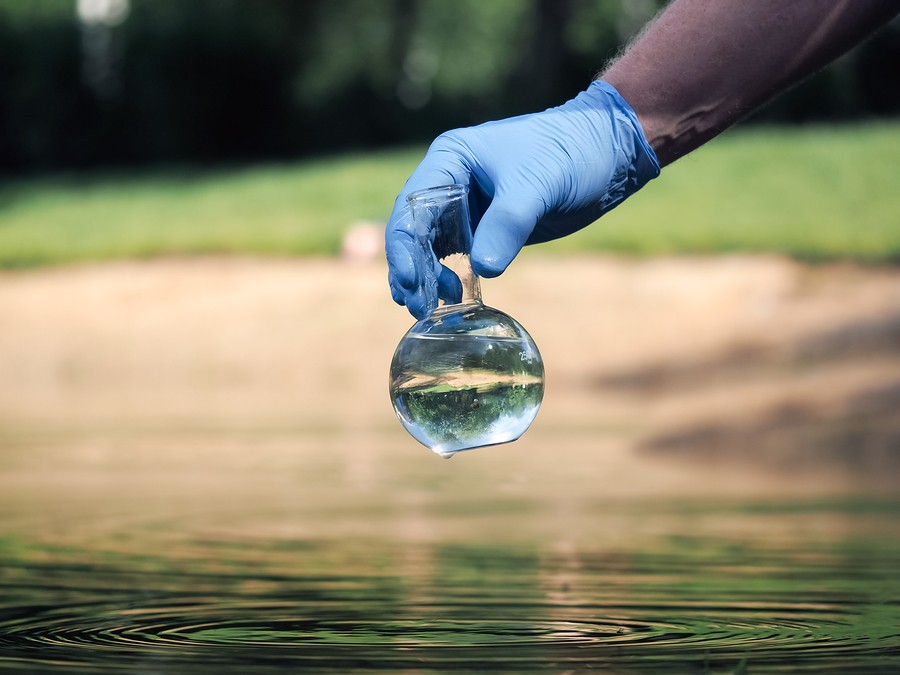
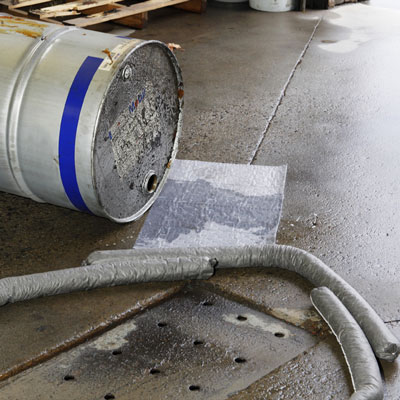
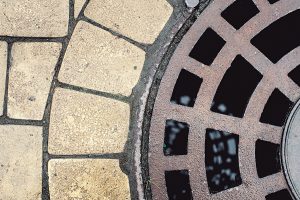 Although it’s true that “April showers bring May flowers,” the spring season also significantly increases the possibility of stormwater runoff and pollution. Stormwater runoff occurs when snow melts and rain falls onto nonabsorbent surfaces, creating a body of water that picks up debris, dirt, and other pollutants before flowing into a sewer or natural body of water.
Although it’s true that “April showers bring May flowers,” the spring season also significantly increases the possibility of stormwater runoff and pollution. Stormwater runoff occurs when snow melts and rain falls onto nonabsorbent surfaces, creating a body of water that picks up debris, dirt, and other pollutants before flowing into a sewer or natural body of water.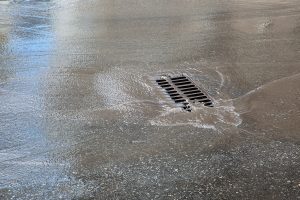
 Unfortunately, when it comes to spreading pollutants, nothing does it more efficiently than our very own water systems. Some materials might seem harmless when applied to a small area. For example, pesticide spray on lawns or motor oil spills on pavement. But, when the rain comes, any runoff water carries with it whatever pollutants it encounters.
Unfortunately, when it comes to spreading pollutants, nothing does it more efficiently than our very own water systems. Some materials might seem harmless when applied to a small area. For example, pesticide spray on lawns or motor oil spills on pavement. But, when the rain comes, any runoff water carries with it whatever pollutants it encounters. Do you have the right safety products on hand for your workplace? To find out, contact Angie Meza at
Do you have the right safety products on hand for your workplace? To find out, contact Angie Meza at 